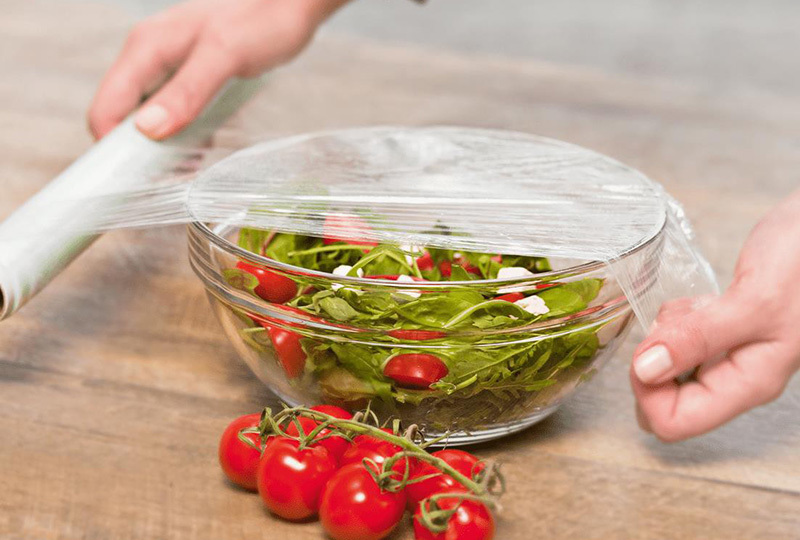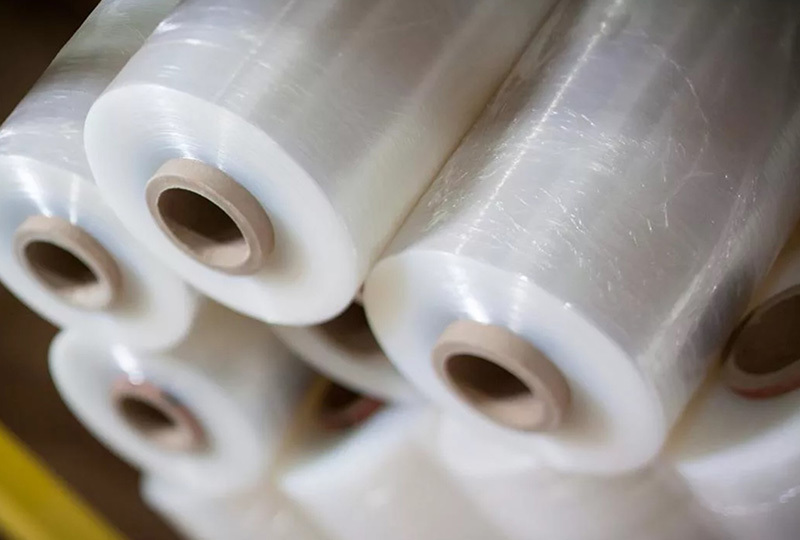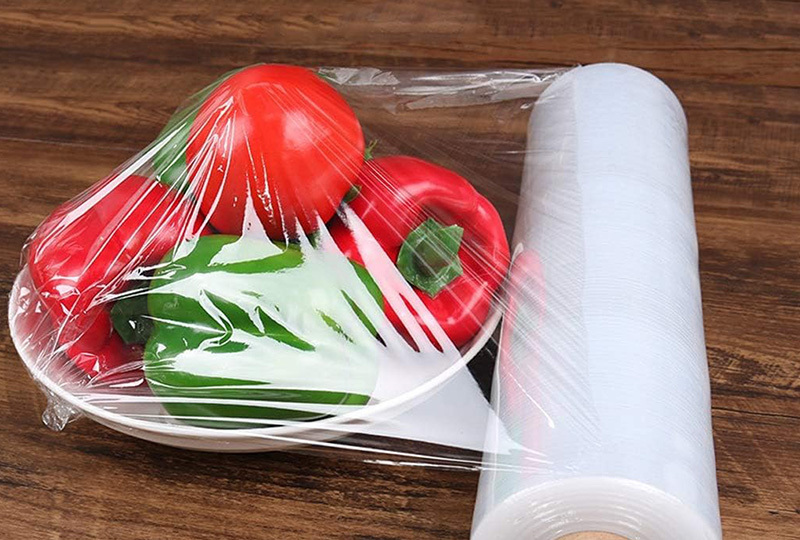Expert Tips for Perfectly Wrapping Food with Plastic Cling Film
Release time:
Mar 24,2025
Expert Tips for Perfectly Wrapping Food with Plastic Cling Film Table of Contents 1. Introduction: The Importance of Proper Food Wrapping 2. Understanding Cling Film: What You Need to Know 3. Choosing the Right Cling Film for Your Needs 4. Preparing Your Food for Wrapping 5. Mastering the Wrapping Technique 6. Tips for Wrapping Specific Food Items 7. Storing Wrapped Fo
Expert Tips for Perfectly Wrapping Food with Plastic Cling Film
Table of Contents
- 1. Introduction: The Importance of Proper Food Wrapping
- 2. Understanding Cling Film: What You Need to Know
- 3. Choosing the Right Cling Film for Your Needs
- 4. Preparing Your Food for Wrapping
- 5. Mastering the Wrapping Technique
- 6. Tips for Wrapping Specific Food Items
- 7. Storing Wrapped Food: Best Practices
- 8. Common Mistakes to Avoid When Using Cling Film
- 9. Frequently Asked Questions (FAQs)
- 10. Conclusion
1. Introduction: The Importance of Proper Food Wrapping
In today’s fast-paced world, **proper food preservation** has become essential for maintaining freshness and preventing waste. Plastic cling film, often referred to as plastic wrap, is a versatile product that can help keep your food items safe and delicious. However, many individuals struggle with effectively using cling film, resulting in poorly wrapped foods that don't maintain their freshness. This guide aims to provide comprehensive tips and techniques for mastering the art of wrapping food with plastic cling film.
2. Understanding Cling Film: What You Need to Know
Plastic cling film is made from **polyvinyl chloride (PVC)** or **polyethylene (PE)**, which gives it its unique ability to cling to surfaces. This clinginess helps create an airtight seal, reducing the air exposure that can lead to spoilage. Understanding the properties of cling film is crucial to using it effectively.
The Benefits of Using Cling Film
1. **Preservation**: Keeps food fresh longer by preventing air exposure.
2. **Versatility**: Ideal for wrapping various food items, including fruits, vegetables, meats, and leftovers.
3. **Ease of Use**: Simple to manipulate and cut, making it a convenient option for quick food storage.
Types of Cling Film
Not all cling films are created equal. Some are designed for specific purposes, such as freezer wrap or microwave-safe options. Always check the packaging for specifications to choose the best film for your needs.
3. Choosing the Right Cling Film for Your Needs
Selecting the right type of plastic wrap is an important step in ensuring effective food preservation.
Factors to Consider When Choosing Cling Film
1. **Thickness**: Thicker films offer better durability and protection against punctures.
2. **Microwave Safe**: If you plan to use the film in the microwave, ensure it's labeled as microwave-safe.
3. **Freezer Safe**: For items that will be stored long-term in the freezer, select a cling film designed for freeze protection.
4. Preparing Your Food for Wrapping
Before you begin wrapping your food, proper preparation is key.
Steps for Preparing Food for Wrapping
1. **Cool Down**: Ensure hot foods have cooled to room temperature before wrapping to prevent steam buildup, which can lead to moisture and spoilage.
2. **Clean and Dry**: Make sure the surface of food items is clean and dry. Excess moisture can compromise the seal and lead to spoilage.
3. **Portion Control**: Consider portioning larger items into smaller ones. This not only saves space but also allows for easier access later.
5. Mastering the Wrapping Technique
The technique used to wrap food with cling film can make a significant difference in its preservation.
Step-by-Step Wrapping Technique
1. **Cut the Film**: Measure out a piece of cling film that is at least twice the size of the food item.
2. **Lay It Flat**: Place the cling film on a flat surface, ensuring that the shiny side is facing up.
3. **Position the Food**: Place the food item in the center of the cling film.
4. **Wrap It Up**: Pull the edges of the film up and over the food item, ensuring that it overlaps. Create a tight seal by pressing the cling film down around the food.
5. **Secure the Edges**: For extra security, twist or fold the ends of the cling film to ensure it sticks together.
6. Tips for Wrapping Specific Food Items
Understanding how to wrap various types of food can significantly improve freshness.
Wrapping Fruits and Vegetables
- **Berries**: Wrap loosely to prevent bruising while still maintaining freshness.
- **Leafy Greens**: Place a damp paper towel inside the wrap to maintain moisture without causing wilting.
Wrapping Meats and Fish
- Ensure the surface of the meat is dry and wrap securely to prevent air exposure.
- For fish, consider using a double layer of cling film for added protection against freezer burn.
Wrapping Leftovers
- Allow leftovers to cool before wrapping and make sure they are in airtight containers if possible.
- Use cling film to cover the container tightly to prevent odors from escaping.
7. Storing Wrapped Food: Best Practices
Once your food is wrapped, proper storage is crucial for maintaining freshness.
Optimal Storage Conditions
1. **Refrigerate Quickly**: Place wrapped items in the refrigerator as soon as possible.
2. **Use the Right Temperature**: Ensure your fridge is set to the appropriate temperature (below 40°F or 4°C).
3. **Don’t Overcrowd**: Allow proper airflow around wrapped items to maintain cool temperatures.
8. Common Mistakes to Avoid When Using Cling Film
Avoiding common pitfalls can significantly improve your food preservation efforts.
Top Mistakes to Watch Out For
1. **Wrapping Hot Foods**: This can create steam and moisture, leading to spoilage.
2. **Using Too Little Film**: Not using enough cling film can leave food exposed to air.
3. **Ignoring Expiration Dates**: Always check expiration dates on cling film to ensure effectiveness.
9. Frequently Asked Questions (FAQs)
What is the best way to store cling film?
Store cling film in a cool, dry place away from direct sunlight to maintain its clinginess.
Can I reuse plastic cling film?
While it’s not recommended for food safety, you can reuse cling film for non-food-related purposes if it’s still clean and intact.
Is there a way to cut cling film easily?
Many brands offer dispensers that cut the film neatly. Alternatively, use sharp scissors for a clean cut.
Can cling film be used in the microwave?
Only use microwave-safe cling film to avoid melting or releasing harmful chemicals.
How does cling film help prevent freezer burn?
Cling film creates an airtight seal that limits exposure to air, thereby preventing freezer burn and maintaining food quality.
10. Conclusion
Wrapping food with plastic cling film is both an art and a science. By understanding how to choose, prepare, and wrap your food effectively, you can ensure maximum freshness and reduce waste. With these expert tips and techniques, you are well-equipped to enhance your food preservation methods and enjoy delicious meals that last longer. Embrace the power of plastic cling film and make your food storage practices more effective than ever!
Related News
What are the characteristics of PVC fresh-keeping film for food preservation
Can PVC plastic wrap be heated in a microwave oven?
What is the difference between PVC cling film and PE cling film
The choice of PVC cling film need to pay attention to what






